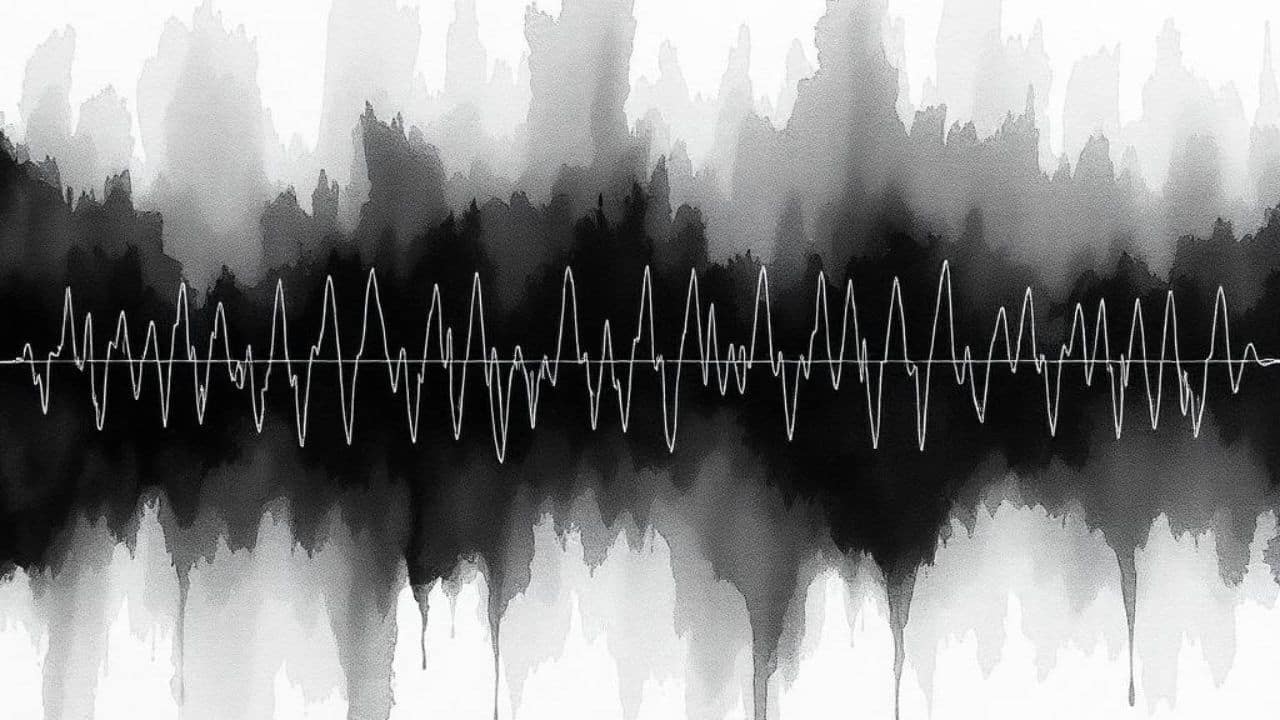-

The Malaria Challenge: a participant’s experience through a malaria ‘challenge’ study
Malaria impacts millions of people worldwide, with approximately 240 million cases and over 600,000 deaths each year. So what…
NewMost Popular -

Suspicious Minds: The Secrets of Fossil Brains
Dinosaur bones and the ‘hard parts’ of other prehistoric creatures can famously be preserved as fossils, providing us with…
NewMost Popular -

“It might never happen…” Remembering forgotten earthquakes in Central Asia
Where in the world do earthquakes pose the greatest risk? Japan, perhaps…or California? When devastating earthquakes hit the news…
NewMost Popular
Science is everywhere…
Around us & within us.
Discover it here. Meet the scientists
who bring it to the forefront
